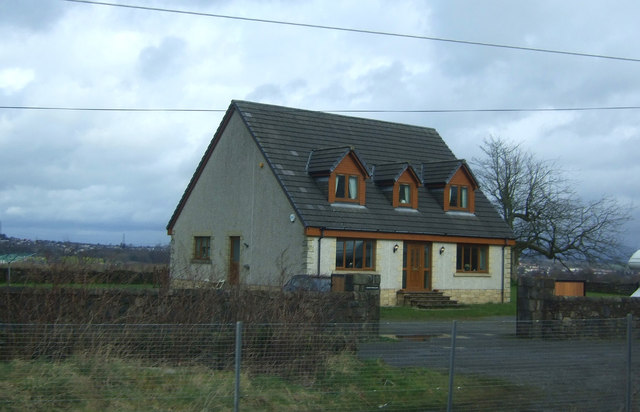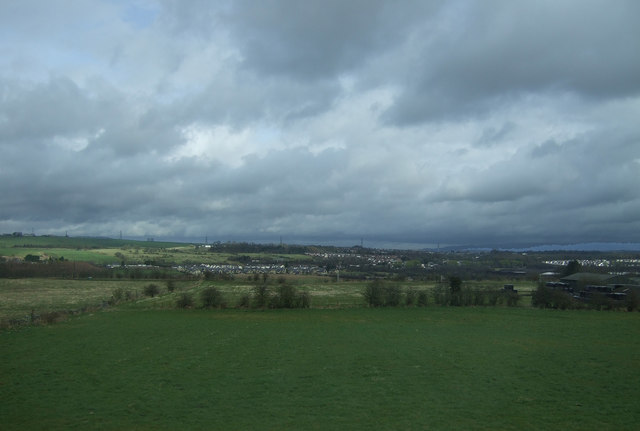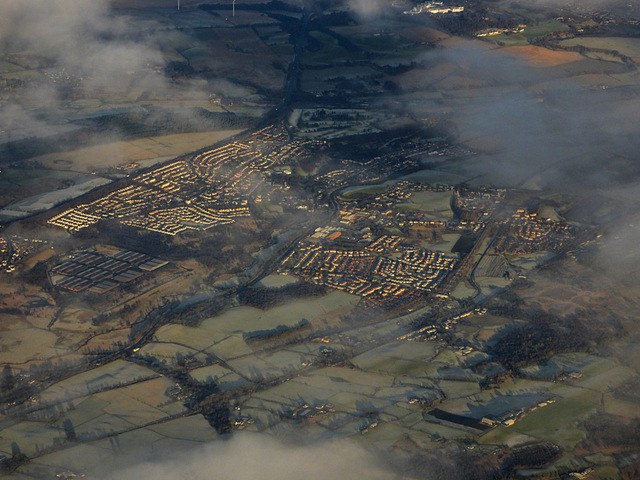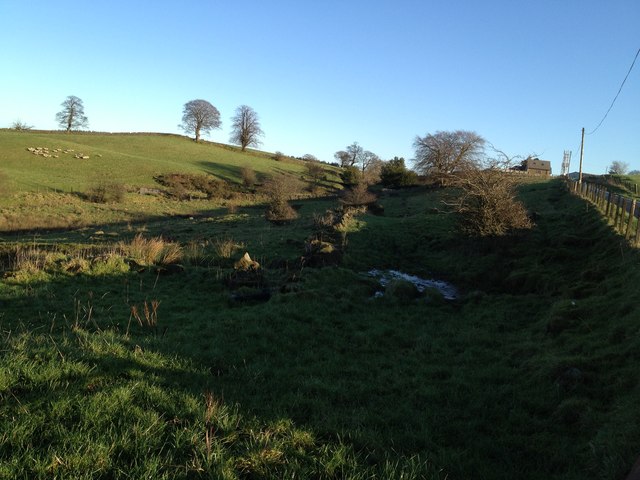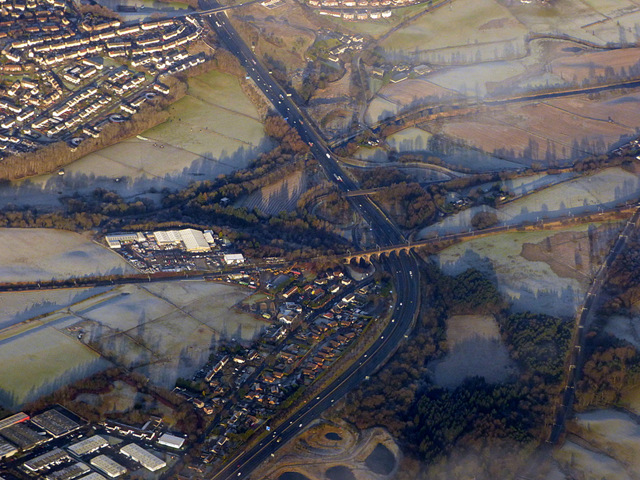Castlecary High Wood
Wood, Forest in Stirlingshire
Scotland
Castlecary High Wood

Castlecary High Wood is a picturesque forest located in Stirlingshire, Scotland. Covering an area of approximately 20 hectares, it is a popular destination for nature enthusiasts and hikers alike. The woodland is situated near the village of Castlecary and is easily accessible by road.
The wood is predominantly composed of broadleaf trees such as oak, beech, and birch, creating a rich and diverse ecosystem. The dense canopy provides a haven for a wide variety of bird species, including woodpeckers, thrushes, and owls, making it a birdwatcher's paradise. Additionally, the forest floor is adorned with a colorful carpet of wildflowers and ferns during the warmer months.
One of the main attractions of Castlecary High Wood is the presence of the Antonine Wall, a UNESCO World Heritage Site. This ancient Roman fortification, built in the 2nd century AD, runs through the wood, adding historical significance to the area. Visitors can explore the remnants of the wall and gain insights into the Roman occupation of Scotland.
The wood also offers several well-maintained walking trails, allowing visitors to immerse themselves in the natural beauty of the surroundings. These paths wind through the forest, providing ample opportunities to spot wildlife and enjoy peaceful moments of solitude.
Overall, Castlecary High Wood in Stirlingshire is a captivating destination that offers a blend of natural beauty and historical intrigue. Whether one is interested in birdwatching, hiking, or exploring ancient ruins, this woodland provides an enriching experience for all who visit.
If you have any feedback on the listing, please let us know in the comments section below.
Castlecary High Wood Images
Images are sourced within 2km of 55.970986/-3.9110642 or Grid Reference NS8076. Thanks to Geograph Open Source API. All images are credited.



Castlecary High Wood is located at Grid Ref: NS8076 (Lat: 55.970986, Lng: -3.9110642)
Unitary Authority: Falkirk
Police Authority: Forth Valley
What 3 Words
///critic.hotspots.globe. Near Greenhill, Falkirk
Nearby Locations
Related Wikis
Upper Greenhill railway station
Upper Greenhill railway station served the village of Greenhill, Falkirk, Scotland from 1848 to 1865 on the Edinburgh and Glasgow Railway. == History... ==
Allandale, Falkirk
Allandale is a small village in the Falkirk council area of Scotland. Allandale is located 1.6 miles (2.6 km) south-west of Bonnybridge, 3.5 miles (5.6...
Castle Cary Castle
Castle Cary Castle (sometimes called Castlecary Castle) is a fifteenth-century tower house, about 6 miles (10 km) from Falkirk, in the former county...
Abronhill
Abronhill () is an area in the north-east of Cumbernauld, North Lanarkshire, Scotland. It extends one to two miles (two to three kilometres) from Cumbernauld...
Greenhill Lower railway station
Greenhill Lower railway station served the village of Greenhill, Falkirk, Scotland from 1848 to 1966 on the Scottish Central Railway. == History == The...
Seabegs Wood
Seabegs Wood was the site of a Roman fortlet on the Antonine Wall in Scotland.At Seabegs, the outline of Antonine's Wall, has lasted. Archaeologists from...
Castlecary
Castlecary () is a small historic village in North Lanarkshire, Scotland, directly adjacent to the border with Falkirk. It has long been associated with...
Castlecary rail accidents
Two rail accidents have occurred near Castlecary, Scotland. One of these was in 1937 and one in 1968. Both events involved rear-end collisions, and caused...
Have you been to Castlecary High Wood?
Leave your review of Castlecary High Wood below (or comments, questions and feedback).

